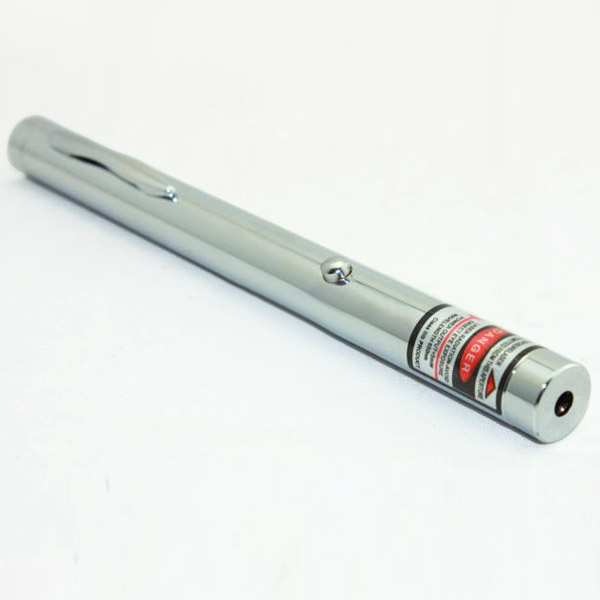The strength of a diode laser (a common laser pointer is a diode laser) can be determined by the voltage applied to its two ends. The output from the headphone jack on the computer is a voltage signal that oscillates with sound waves. If we apply this voltage signal to both ends of the laser diode, the strength of the laser will oscillate with the acoustic signal. This is our transmitter.
The circuit structure is shown as follows:
The rheostat (optional 200 kOHms) sets the basic working voltage of the laser. Generally, the laser can emit light between 2 and 4 VOLTS. Therefore, when the input acoustic signal is zero, the voltage at both ends of the laser can be set to 3 volts. This allows the acoustic signal to fluctuate between three and four volts across the laser, controlling its brightness. Note that before connecting the high powered laser pointer to the circuit, it is best to use a multimeter to measure the output voltage so as not to burn the laser diode too high.The first operational amplifier converts the photocurrent generated by the photodiode (less than a tenth of a milliampere) into a voltage, depending on how much current the photodiode can generate. This voltage signal is then amplified five times and output to the speaker plug. The specific resistance values may vary slightly with the use of different photodiodes. Just use a multimeter to measure the final output voltage value, about 2 volts can be.
The physical picture is attached below:

